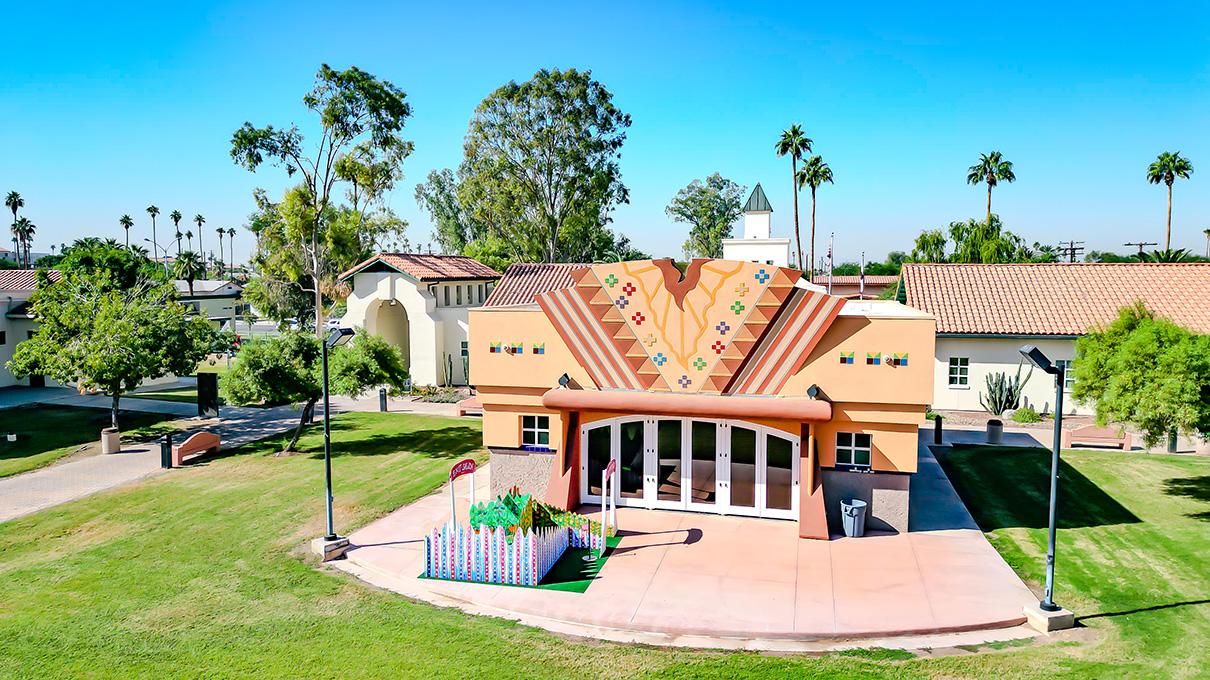SDSU Offers New Language Course
Starting in the spring 2018 semester, SDSU students can study the indigenous language Nahuatl.

Starting in the spring 2018 semester, students at San Diego State University will have the opportunity to trek into ancient Mesoamerica, through the university’s new course on the indigenous language Nahuatl.“I’m proud that SDSU will help in fulfilling the need through this new curriculum.”
Still used today, Nahuatl is the language of more than one million indigenous Mexicans. It was also spoken by the Aztecs and other ancient empires prior to the Spanish conquest.
SDSU is one of only four universities in the country to offer the class, joining the University of California, Los Angeles, Stanford University and the University of Utah. John Sullivan, Ph.D, a Nahuatl philologist, developed the program while at Yale University.
The class, LATAM 296: Elementary Nahuatl I, will be offered through SDSU's Center for Latin American Studies (CLAS) and instructed via livestream by a native Nahuatl speaker at the University of Zacatecas in Mexico.
Each live lecture will be streamed exclusively for SDSU students enrolled in the course. Enrollment is capped at 15 students.
The class is not solely a lesson in the language; it is also about understanding the culture that created it. Pulling from his personal background, the instructor will offer an intimate look into Nahua daily life.
“The diverse ways in which people understand the world is critical to our success as a society, and languages carry our worldviews," said Ramona Perez, CLAS director. "Learning a new language offers us new ways of seeing the world. As more people migrate from Central America to the United States, there is a continued need for indigenous language speakers. I’m proud that SDSU will help in fulfilling the need through this new curriculum.”
The class marks a return of sorts to SDSU. Back in the early 2000s, the university offered the course and two other indigenous language classes, as part of an early effort to specialize in native languages. A lack of federal grant funding forced the university to cut the Nahuatl courses, though CLAS continues to offer Mixteco during the academic year and Zapoteco during the summer.
“We are going to finish what we started and give students the opportunity to truly become global citizens,” said Perez, who pioneered efforts to bring the class back to SDSU.
Upon completing the year-long beginner course, students have the option to advance to an intermediate level class. A six-week summer immersion program at the University of Zacatecas also will be offered.


